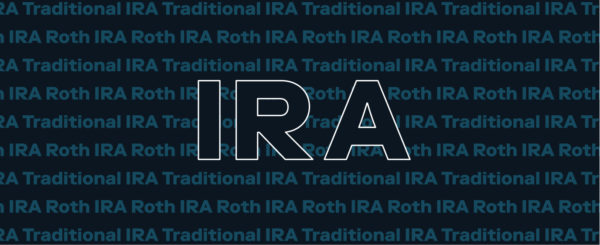Sep 27, 2017
The Trump Tax Plan: What’s In It and How It May Affect You
The Trump administration just released its long-awaited blueprint for a tax system overhaul. Here’s how it could affect you.

On Wednesday, the Trump Administration released its long-awaited blueprint for a tax system overhaul. Whether it becomes law depends entirely on politics.
Tax reform was a signature plank of President Trump’s 2016 presidential campaign, and Republicans say it’s necessary to give a boost to the economy. Getting tax reform passed isn’t as easy as it sounds.
The last time our nation’s tax system was significantly overhauled was in 1986 under then President Ronald Reagan, when the top tax rate was reduced to 38.5% from 50%, and the number of tax brackets was consolidated. The overhaul also eliminated numerous tax loopholes and shelters. Passing it required enormous give and take from Republicans and Democrats alike.
Tax brackets have not received a major overhaul since the 1980s under President Reagan
In 2014, there was an attempt at bipartisan tax reform. But that effort was shelved by Congress because it lacked the necessary votes. Now that Republicans control Congress, experts are predicting that the odds may be stacked in favor of an overhaul.
Nevertheless, it will still take bipartisan cooperation to make President Trump’s tax plan a reality. Experts on both sides of the aisle have cautioned that the same divisions that derailed Republican plans to gut the Affordable Care Act (ACA) could play out with tax reform.
Here are highlights of the proposed changes to the tax code:
- For individuals, just three tax brackets instead of the current seven. The rates would be 12%, 25%, and 35%.
- The bottom tax rate of 10% would be eliminated, made up for by an increase in the standard deduction, which is the basic tax credit individuals and families receive if they don’t itemize their taxes.
- The standard deduction for an individual taxpayer would nearly double to $12,000, and $24,000 for families.
- Taxes would be eliminated for individuals making $12,000 a year or less, or families with income of $24,000 or less annually.
- The alternative minimum tax, an extra tax for high income earners to make sure they don’t abuse tax loopholes, would end.
- The corporate tax rate would be slashed to 20% from its current top rate around 35%. Many small businesses would see their top rate drop to 25%.
- Wealthy taxpayers would be eligible for a special break: the plan would eliminate the death tax for all estates. Currently there is a 40% federal tax on estates over $5.46 million.
- The plan would eliminate a state and local income tax deduction credit estimated to be worth $1.3 trillion over the next decade, which goes predominantly to residents of Democrat-leaning, high-tax states California, Connecticut, New York, and New Jersey.
Stash Learn Weekly
Enjoy what you’re reading?
[contact-form-7 id="210" title="Subscribe" html_id="default"]Tax reform: A tough slog ahead
Details of this proposal for tax reform will need to be ironed out by both houses of Congress, with support from both Republicans and Democrats. This may not happen overnight. It took Reagan two years to get his tax reform through Congress in the 1980s. Expect current tax reform to take months, or longer, to hammer out.
Although Republicans say tax cuts will fuel economic growth, the plan would reportedly add more than $1 trillion to budget deficits over the next decade, according to reports.
Key takeaways
- The Trump Administration released its plan on Wednesday for a major tax overhaul.
- Among the proposals would be compressing tax brackets to three from the current seven.
- The standard deduction for an individual filer would double to $12,000, and for a family to $24,000. The tax rate would also be slashed to 20% for big corporations, and 25% for small businesses.
- Tax reform was a major election issue for Trump, as health care reform was. Health care reform ended in failure. Enacting tax reform will be a significant test of the Trump presidency.
- While most large corporations pay nowhere near the top tax rate, thanks to numerous loopholes, it is the highest in the developed world, and has led some of the biggest U.S. companies to set up headquarters overseas where taxes are lower.
- A lower corporate tax rate could mean more U.S. jobs, supporters of the tax cut say.
- Tax brackets have not received a major overhaul since the 1980s under President Reagan, when the top tax bracket was reduced to 38.5% from 50%, and many of the tax brackets were consolidated. The overhaul also eliminated numerous tax loopholes and shelters.
Related Articles

How to Start a Roth IRA: A 5-Step Guide for 2024

What Is a Traditional IRA?

9 Ways to Celebrate Financial Wellness Month

How Much Do I Need to Retire: A Guide for Retirement Saving [2024]

Roth vs. Traditional IRA: Which Is Best for You in 2024?

How To Plan for Retirement





